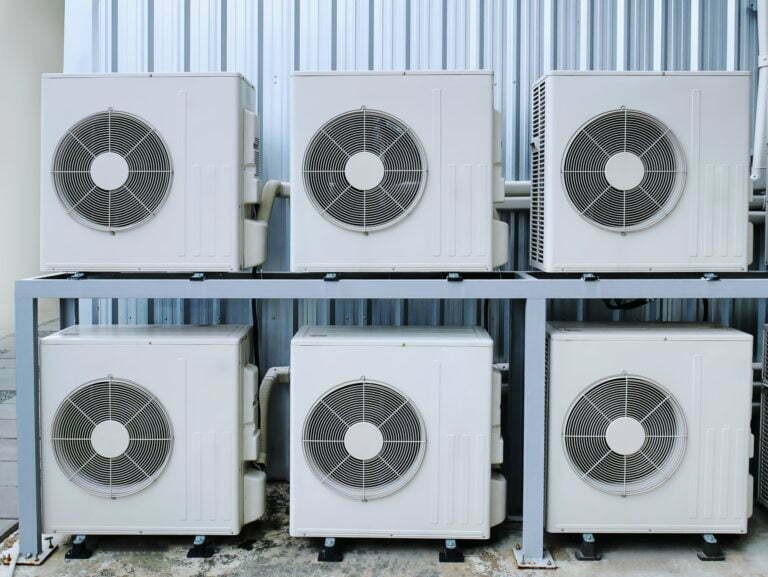Fireplaces offer a nice warm fire to sit by and create a glow that can add to the room’s ambiance. However, before you light the fire, you must first check to see if the damper is open. Your damper prevents the heating or air conditioning inside your home from escaping through the flue when you aren’t using the fireplace. While it helps keep your home comfortable when you aren’t using the fireplace, it can create a dangerous situation if it is closed when a fire is burning.
An open damper allows the smoke from the fire to escape through the chimney vent outside of your home. Besides smoke, harmful combustion byproducts like carbon monoxide are also vented through the chimney and rely on an open damper to escape. An open damper also allows some outside air in to assist with keeping your log-burning fire going. If your damper is closed when a fire is burning, however, your home could fill with smoke and harmful gasses, and your fire can lack the oxygen it needs to burn. Fortunately, you will be able to recognize a closed damper soon after starting a fire because your entire room or home will quickly fill with smoke. Let’s look at how to tell if damper is open or closed.
Do a visual inspection.

Knowing which type of damper you have will help you determine the position. A throat damper closes the base of your chimney to insulate your house. The damper, located at the top of the firebox, swings down to seal off the chimney when the fireplace isn’t in use. It is easy to know if a throat damper is open or closed as it is built into the fireplace and can be seen at the top of the firebox.
A top mount damper closes the chimney off at the cap from the very top of the structure. The advantage of a top-mounted damper is that it prevents animals, birds, insects, and debris from falling into the flue and creating a fire hazard. You will usually have a cable or chain attached to the fireplace wall that operates a spring to control the top-mounted damper. It will be difficult to do a visual inspection with a top-mounted damper.
Feel for a draft.
If your damper is open, air will circulate freely inside the chimney flue. As a result, you might be able to feel a noticeable draft coming from the chimney. You move your hand or face inside the fireplace to check for the presence of cool air. However, cold air could be stored inside your chimney when the damper is closed and give you a false impression if you have a top-mounted damper. If you have a top-mounted device, you might need to resort to other methods.
Check the controls.

The current position of the controls can help decide if the damper is open or closed. If you are familiar with the chimney and the controls, this should be a pretty simple check to ensure the position of the damper. If you are in an unfamiliar house, you may not know which position is open or closed. Do a visual inspection to check the damper if this is the case.
Start a small fire.
If you cannot determine the position of the damper by any other means, you can start a small fire to check the damper. You can light a small amount of tender or paper and notice if the smoke exits the chimney or flows into the room. Since indoor fires can emit dangerous carbon monoxide, you will need to use caution if you are using this method.
A properly working damper is an important safety feature if you plan to use your fireplace. You should always ensure that it is open before starting a large fire. You should also have your chimney and damper inspected annually to ensure your safety.





